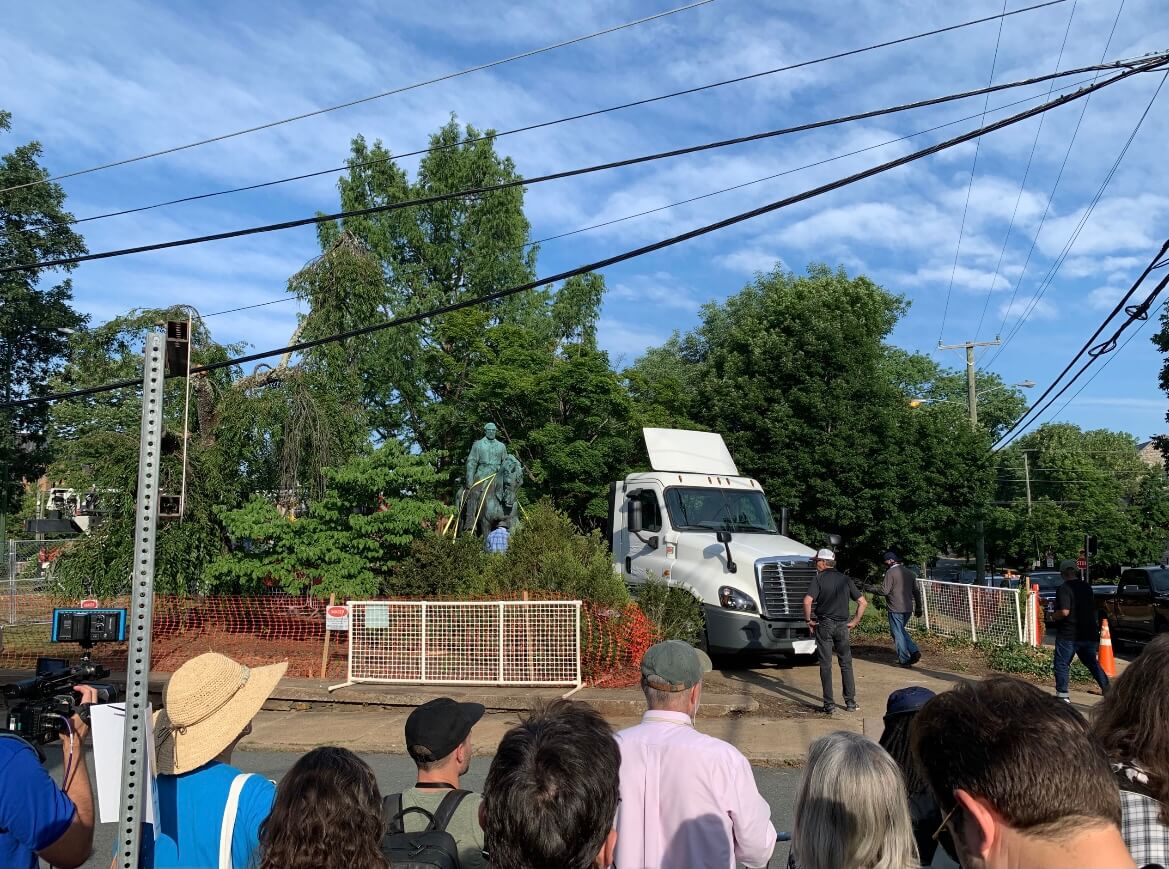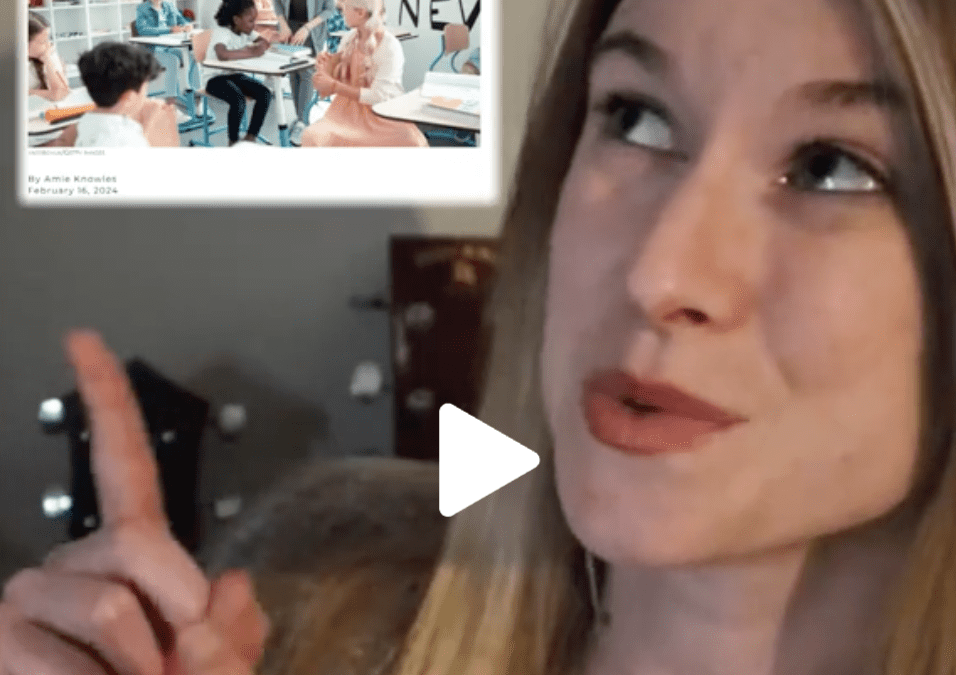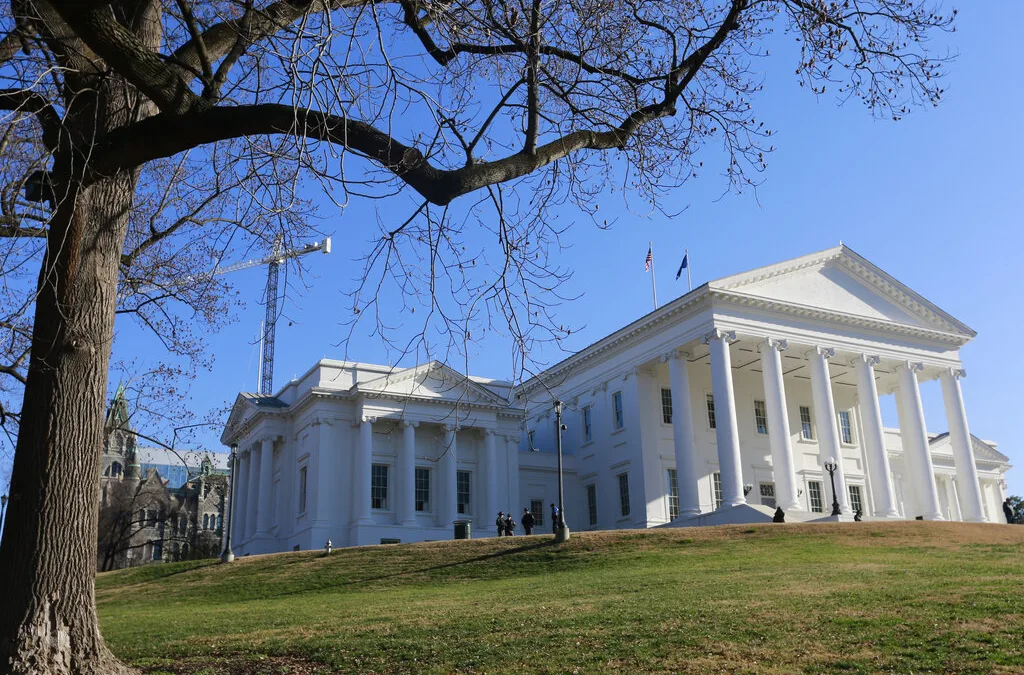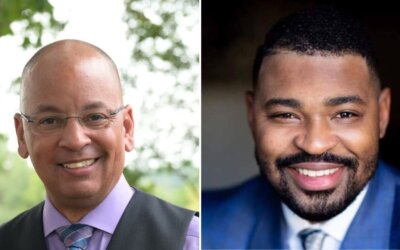
A photo of the Lee statue, right before it was removed. Dogwood photo by Eve Ettinger.
Virginia’s monuments, and their removal, mark an important point in the Commonwealth’s history. But we have to make sure it actually means something, Eve argues.
Four years after Charlottesville’s initial push to remove Confederate monuments, four plinths formerly holding icons of white supremacy and colonial oppression now stand bare. The crowds observing each removal were fairly small and supportive, cheering and chanting “F**k white supremacy!” as each bronze piece was lifted off its base. In 2021, it’s clear now that deplatforming–statues and iconoclasts of the alt-right–is an effective method of disempowering those who wish to terrorize anyone who disagrees with them and clearing space for positive change to creep in.
The monuments, all erected in the 1920s, have served as a rallying point for white supremacy since their dedication ceremonies. The Gen. Robert E. Lee statue, in particular, has been a lightning rod for conversations around race and whiteness. The park in which it stood was long called Lee Park. Its presence served as a looming reinforcement of the threat behind Jim Crow laws. In June 2017, the city renamed it Emancipation Park, but changed the name to Market Street Park in 2018.
Let’s look at the three rallies and protests that occurred in response to the proposal to remove the Lee statue. First, you have May 13, 2017. This was when Richard Spencer and his goons showed up with tiki torches, shouting “you will not replace us. This followed a 3-2 city council vote to remove the statues and sell them.
Then you have July 8, 2017. The KKK showed up, some 50 strong, to protest the statue removal. This followed a new statute in effect that allowed the City to “recontextualize” the Confederate monuments, thus altering an injunction that had stopped removal prior.
Finally, there was August 12, 2017, the one most familiar to the rest of the world. This was the Unite the Right rally, during which a neo-Nazi drove his car into protestor Heather Heyer, killing her. Each of these was centered around and in reaction to the city’s ongoing efforts to remove these statues.
Conversations About Virginia’s Monuments
When I was canvassing for Gov. Northam in the fall of 2017 in Roanoke, my door-to-door conversations were often sidetracked by angry white men. They wouldn’t vote for Northam, despite having voted Democrat all their lives, if he was in favor of removing Virginia’s monuments. This happened both in Charlottesville and Richmond, in particular.
“That’s history,” they said to me, over and over.
What I didn’t have the time or the energy to explain has since become more commonly known: most of these statues were erected by Confederate descendents in the the early 1900s as part of the re-establishment of apartheid laws after the failure of the federal government to follow through on reconstruction efforts to protect Black Americans. The monuments in Richmond were used to signal whites-only neighborhoods around Monument Ave. These men I spoke with were right, these monuments were history–but not the kind of history they meant.
At the same time, we’re having a circular national conversation about critical race theory. It’s wrongly framed by conservatives as an educational method designed to make white people feel guilty about their privilege. Instead, it’s a legal theory of understanding how racism has been intentionally woven into the fabric of our legal and justice systems. During a time like this, the monuments finally coming down feels significant.
Understanding these as symbols of a violent threat, around which terrorism against Black Americans has been rallied since their installation, is vital to understanding what kind of history these represented. They weren’t about the “Lost Cause.” They were about how the cause was reinvented and dressed up in niceties so that the violence could be shown as incidental, not deliberate and systemic.
More Than Lee and Jackson Needed to Go
This is why it was important to remove more than just Lee and Jackson. It’s why George Rogers Clark on the UVA campus, flanked with a soldier pointing a gun at a Native woman holding an infant, had to come down too. This is why Lewis and Clark, with Sacagewea crouching behind them, had to come down too.
The mythology of an empty wilderness, the mythology of the “savage”–these have been just as vital as the mythology of what the Civil War’s end did and did not do to end apartheid in the US to upholding white supremacy with the fallback of performative naivete for the purposes of numbing the self against ongoing oppression.
As we celebrate the removal of these monuments, let’s examine what other mythological relics we’ve maintained. This might feel like a triumph, but without ongoing reform of the institutions and communities that erected them in the first place, it will just become another token piece of performance art to soothe the white conscience.
Want to read more of Eve’s columns? Sign up for Dogwood’s newsletter

Here’s everything you need to know about this month’s Mercury retrograde
Does everything in your life feel a little more chaotic than usual? Or do you feel like misunderstandings are cropping up more frequently than they...

VIDEO: Check out Dogwood’s new merch line
Big news, Virginia! We've officially launched our Dogwood merch line 🎉 This year, we celebrate 5 years of bringing you Virginia news you can use....

VIDEO: Your support matters!
Your support matters! Donate today. @vadogwoodnews Your support matters! Visit our link in bio to donate today. #virginianews #virginia #community...

Op-Ed: Virginia’s new Democratic majorities pass key bills to improve your lives, but will Youngkin sign them?
The 2024 Virginia General Assembly regular session has wrapped up. It was a peculiar session from the outset, with Democratic majorities in the...

From the state rock to the state flower, here’s how Virginia got its symbols
Have you ever wondered why the Dogwood is the state flower? Or how the cardinal became the state bird? We’re here to answer those questions and more...

VIDEO: Second-gentleman Douglas Emhoff gives speech on reproductive freedom
Second gentleman, Douglas Emhoff touched on reproductive freedom not only being a woman's issue but "an everyone's issue" during the Biden-Harris...




